If you are growing plants and leafy vegetables in your garden, slugs can be a major problem. They primarily feed on green foliage and vegetation, so do not be surprised to observe irregular cuts and holes in the leaves. If this is not controlled, it may lead to the stunting of plant growth and, in worst cases, wilting of the said plant.
The best and most effective strategy to keep slugs out of the garden bed is to get rid of their shelter. You can also use plant repellents such as astrantia and rosemary. Encourage the presence of natural predators and formulate natural slug barriers using materials like eggshells and pine needles.
In this article, you will learn more about these garden pests by discovering their appearance, traits, behavior, and other methods of deterring their presence and preventing their infestation in gardens.
What Is a Garden Slug?
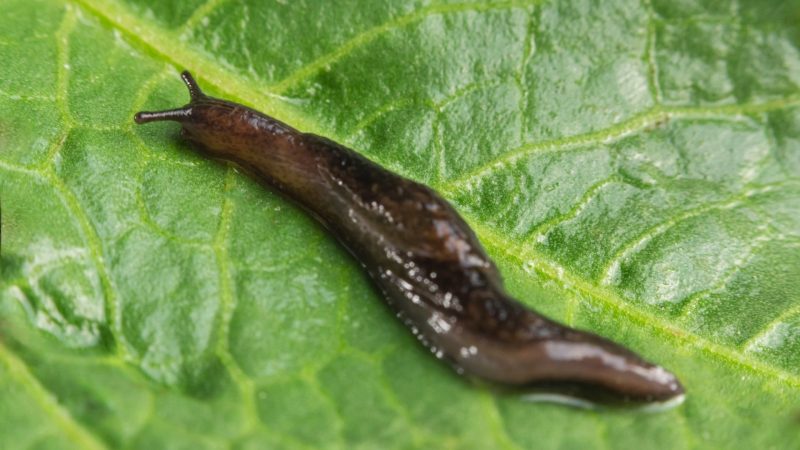
A garden slug is frequently referred to as a “snail without a shell”. These creatures belong to the class Gastropoda, phylum Mollusca and are closely related to mollusk species such as oysters and clams. They release a distinct kind of slime that they use in traveling and movement.
They are known to feed on plants and decaying organic materials by eating and munching their leaves and flowers. Some of the common garden slug pests include the banded slug or Lehmannia Poirier, the gray garden slug or Deroceras reticulatum (formerly Agriolimax reticulatus), the tawny slug or Limacus flavus, the greenhouse slug or Milax gates, and the three-band garden slug or L. valentiana.
What Does a Garden Slug Look Like?
When you see a snail-like creature without a shell on its back – it is without a doubt a garden slug. These mollusks are typically ¼ to 2 inches in length, but some species may measure longer. They have light brownish to grayish body structures that are soft and slimy.
Their heads are adorned by two pairs of tentacles or feelers, with the upper part used for light sensing and the lower part for their sense of smell. Behind these structures lie a mantle that has a respiratory opening called pneumostome. Their anus and genital opening are situated under the said mantle while their tail is found behind it.
They have a flat bottom which is usually referred to as a foot. They travel and glide using the said body part by creating rhythmic muscular contractions. To prevent injury to their foot tissues, they release a slimy substance when they start to move.
What Do Garden Slug Eggs Look Like?
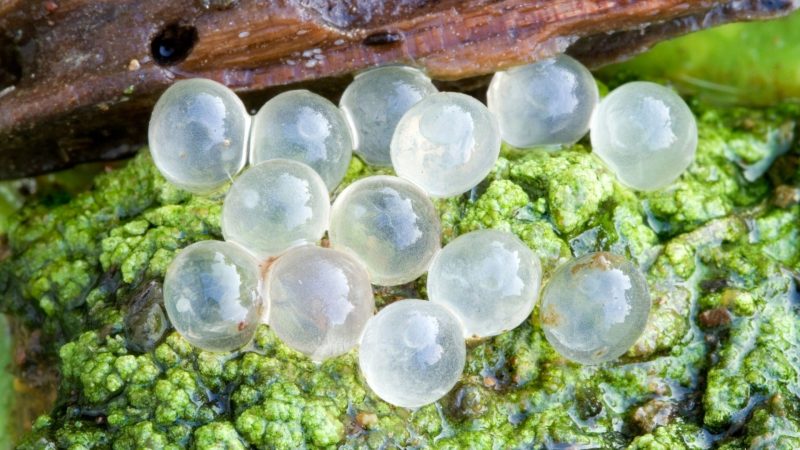
Garden slugs usually lay eggs on top of the soil and behind leaves, stones, mulch, and other organic matter. They are laid in clusters, typically at 25 to 80 eggs in a single birth and up to six times a year. Eggs have a jelly, pearl-like appearance that may be transparent, light yellow, or light brown in color. These eggs are hatched in the succeeding spring and early summer.
What Attracts Garden Slugs in the Garden?
Garden slugs are attracted to leaves, seedlings, stems and in some instances, fruits. They are also enticed to decomposing and decaying organic matter, so when these materials are present in your garden, they will surely reside in the said area. Garden slugs also adore damp and wet environments, so when your garden is filled with moisture, they will more likely thrive on it.
What Are Slugs Good for in the Garden?
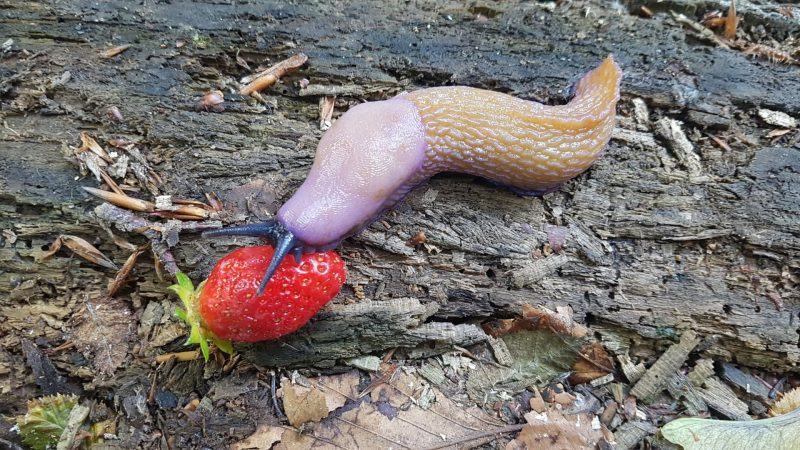
Garden slugs are not regarded as pests all the time as they also have a beneficial use in the ecosystem. They can be of great help in deterring garden debris and wastes as they can feed on rotten and decomposing plant materials. Thus, they are deemed to be excellent cleaners of garden waste.
Other than that, they make a perfect plant fertilizer because their feces is rich in nitrogen. They are considered healthy food sources for various animals and wildlife such as frogs, lizards, toads, birds, centipedes, hedgehogs, fireflies, newts, blindworms, ground beetles, moles, and shrews.
Natural Ways to Keep Slugs Out of the Garden
The natural ways to keep slugs out of the garden involve the utilization of plant repellents. This includes the use of herbs and spices such as:
- Chives
- Garlic
- Mint
- Rosemary
- Fennel
- Geranium
- Marigold
- Foxgloves
- Campanula
- Viola
- Astilbe
- Ranunculus
- Astrantia
- Hydrangeas
- Phylox
Other than that, you can also utilize kitchen and food items, home supplies, and cleaning ingredients like salt, coffee grounds, ammonia, seaweed, eggshells, and wheat or corn bran. When sprayed or applied, these items can be of great help in keeping slugs out of your garden bed.
How to Eliminate Slugs in Your Garden?
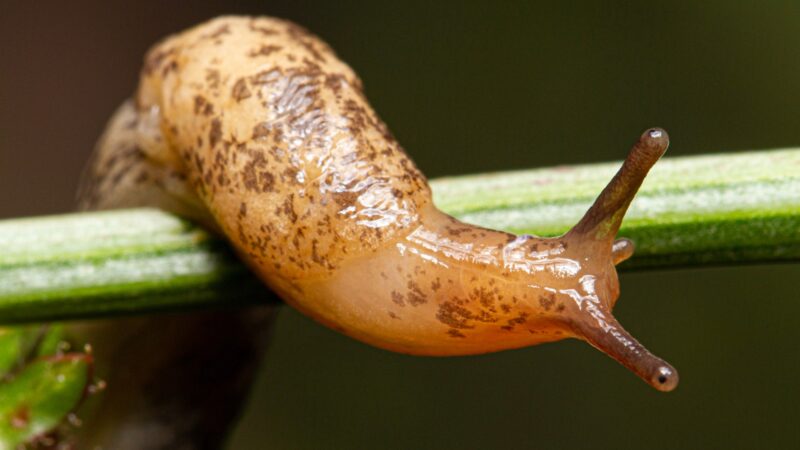
If you desire to eliminate slugs in your flower or vegetable garden, just follow these helpful steps:
Flower Garden
- Create a slug barrier. Surrounding your flower plants with materials such as coffee grounds, wood ashes, gravel, diatomaceous earth, lava rock, and the formulation of eggshells and pine needles can prevent the garden slugs from crossing the said barrier.
- Grow slug-repelling plants around your flower garden. Slugs despise the aroma of certain plants like mint, rosemary, and marigold.
- Do not overwater your flower plants. Garden slugs love wet environments, so when your flower garden becomes dry, they will probably leave your place and look for a new habitat.
Vegetable Garden
Garden slugs are known to devour vegetables, especially their leaves. To prevent this occurrence:
- Surround your vegetation with copper tapes or wires as these can cause mild electric shock when exposed to a slug’s slime.
- You can also employ beer traps since these mollusks are enticed to this beverage. This can be done by placing a sufficient amount of beer in a tin can and placing it in the soil. Slugs will surely go to these containers to sip some beer, and once they fall on it, there is a possibility that they will drown and die.
- Other than that, you can also make your garden predator-friendly to encourage the presence of animals that eat slugs, such as newts, frogs, shrews, and lizards.
Additionally, you can apply commercial nematode products to your soil to control slugs. Nematodes are microscopic worms that can enter the slugs’ bodies. They will release bacteria that deteriorate the slugs’ bodies from the inside, causing them to be eliminated.
Here is a video on how to use a nematode product to control slugs:
Slug Bait for Your Garden
The following products are best used as slug baits in your gardens and backyards:
1. Garden Safe HG-4536 Slug & Snail Bait
The Garden Safe Slug & Snail Bait has the ability to kill slugs and snails beginning on the sixth day of feeding. It is best applied around flowers, vegetables, gardens, and fruit plants and is safe to use around pets and animals. You can apply it by simply scattering the granules into the affected areas. To achieve maximum efficiency, use this product during nighttime as this is the period when garden slugs are most active.
- CONTAINS IRON PHOSPHATE: This bait contains a combination of iron...
- KILLS SLUGS & SNAILS: Slugs and snails begin to die within three...
- FOR LAWNS, GARDENS & GREENHOUSES: Use on the lawn or on the soil...
- FOR ORGANIC GARDENING: This product is Organic Materials Review...
- CAN BE USED AROUND PETS & WILDLIFE: Iron is an essential mineral...
2. Monterey LG6515 Sluggo Snail Bait
This product from the brand Monterey is a 2-in-1 slug controller. It will not only serve as a slug bait but will also kill and exterminate garden slugs in the long run. This product is very convenient to use as it is in powder form and can still be effective even after exposure to rain or wet surfaces. Furthermore, it also has an iron phosphate content, a substance that is potent against slugs and snails but is safe to use on pets and other animals.
- SLUG AND SNAIL CONTROL - Sluggo is one of the best snail and slug...
- SNAIL BAIT ALTERNATIVE - Being a two-in-one bait and killer,...
- PET AND WILDLIFE SAFE - Sluggo contains iron phosphate which...
- GRANULAR FORMULA - This repellent comes in an easy-to-use...
- EFFECTIVE AFTER RAIN - After application, rain or sprinkling will...
3. Natria 706190A Snail and Slug Killer Bait Granules
The active ingredient of this snail and slug killer bait is iron phosphate, a compound that can cause restlessness and death in slugs and snails. This product is in a granular form, so it can be poured safely on lawns, gardens, and around flowers, ornamental plants, fruit trees, and vegetables. It is also waterproof, so its effectiveness is guaranteed even after it gets wet.
- ORGANIC SLUG AND SNAIL CONTROL - Sluggo is one of the best snail...
- FOR ORGANIC GARDENING – OMRI Listed for Organic Gardening....
- PETS AND WILDLIFE - Sluggo can be used around pets and wildlife....
- GRANULAR FORMULA – Scatter the slug and snail bait granules on...
- EFFECTIVE AFTER RAIN - After application, rain or sprinkling will...
What Is the Best Slug Repellent?
The best slug repellents may either be made from natural or artificial contents. If you opt to choose natural slug repellents, you can take advantage of slug-resisting plants like lavender, euphorbia, Japanese anemone, marigold, geranium, mint, rosemary, chives, garlic, viola, and foxgloves. You can plant them on your gardens and lawns or mix their oils with water and use them as a spray repellent.
However, if you want to purchase ready-made slug repellents, you can buy Bonide (BND905) - Slug Magic, Garden Snail and Slug Killer Granules from your favorite merchant and online stores. It contains iron phosphate and other powerful ingredients that are proven to deter and get rid of slugs.
This product guarantees safety and protection as it can be applied even in organic gardens where fruits and vegetables are planted. It is also worth every penny as one pound of this product can cover 1,000 square feet of garden space. Lastly, this product is made from biodegradable materials, ideal for organic gardening and pet and animal safety.
How to Prevent Slugs in Your Garden?
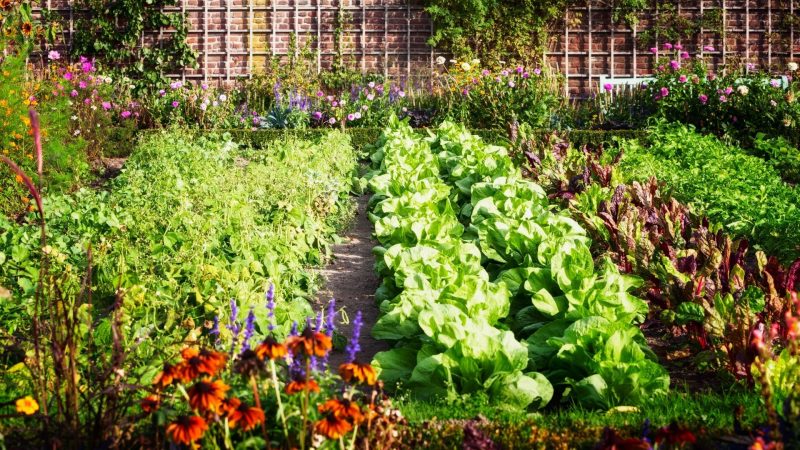
If you want to prevent the presence of slugs in your garden, it is recommended to perform the following measures:
- Do not water your garden plants later than noontime. Slugs thrive in a damp environment and are active at nighttime.
- If you plan to use pesticides, read the label carefully. Some pesticide ingredients can kill natural slug predators such as fireflies, ground beetles, centipedes, and blindworms.
- Use copper tape. This material produces a mild electric shock when exposed to a slug slime, causing them to avoid the areas where copper tapes are placed.
- Use wool waste pellets. The little fibers of these materials irritate garden slugs. These pellets also become good plant food as time progresses.
- Employ slug trap boards. This can be done by utilizing boards and pots that can provide shelter for slugs. Once they go inside the temporary shelter, it is easier to collect and get rid of them.
- Destroy the garden slugs’ shelter. This will prevent them from causing an infestation or making a habitat out of the garden.
Garden Slugs Facts
Here are some of the peculiar facts and distinct traits of garden slugs:
Can Slug Bite You?
It is unlikely for slugs to bite humans or animals. They do not feed on animal meat or human blood, so acquiring slug bites is very minimal. Also, they are not usually poisonous, so they are generally harmless and do not bring diseases to people and other animal creatures.
Are Garden Slugs Dangerous to Humans?
Garden slugs are considered not dangerous to humans as they only consume leaf litter and organic materials. They do not feed on human meat or blood, nor do they regularly harbor diseases and illnesses in people. They also do not cause painful bites or serious injury, so they do not pose a serious threat to garden owners.
Is It Safe to Handle Garden Slugs?
Since slugs do not typically emit toxic substances and fumes, they are safe to hold and touch. Skin exposure to their slimy bodies does not cause serious health issues, so they can be handled without worrying about severe diseases and complications.
Are Garden Slugs Poisonous?
Garden slugs are generally non-poisonous. They cannot release toxic enzymes or substances against people and other animals, so they are benign and harmless.
How Long Do Garden Slugs Live?
It is believed that garden slugs can live for up to two years. Their life cycle starts from being eggs, neonates, and juvenile slugs and they reach maturity after three to six months.
Can Slug Survive Being Cut In Half?
Slugs do not usually survive if they are cut in half. They also do not regenerate when you slice or divide them into pieces.
Do Slugs Feel Pain?
Slugs do not typically feel pain, unlike humans and other animals. They do not have a cerebral cortex, a structure in the nervous system responsible for the induction of painful sensations.
Are Garden Slugs Edible?
Garden slugs are actually edible. They are good for humans as they contain a lot of nutritional value. It is believed that slugs are filled with a high amount of protein and can be a good source of nutrients. Thus, they are generally good for the body.
Related: Are Slugs Poisonous to Humans and Pets? | All You Need to Know!
List of Sources
El-Danasoury, H., Iglesias-Piñeiro, J. (2017). Performance of the Slug Parasitic Nematode Phasmarhabditis Hermaphrodita Under Predicted Conditions of Winter Warming. U.S. National Library of Medicine.
What Are Nematodes? University of Nebraska – Lincoln.
Wilen, C., Flint, M. (2018). How to Manage Pests – Pests in Gardens and Landscapes: Snails and Slugs. University of California.
Weisenhor, J. (2020). Slugs in Home Gardens. University of Minnesota.
Fact Sheet: Managing Slugs in the Garden and Beyond. University of Maryland.
- How to Get Rid of Copperheads | Practical Guide - August 27, 2023
- How to Get Rid of Corn Snakes | What Makes Them Aggressive? - August 27, 2023
- How to Get Rid of Alligators | Safety Measures and Removal Methods - July 16, 2023



